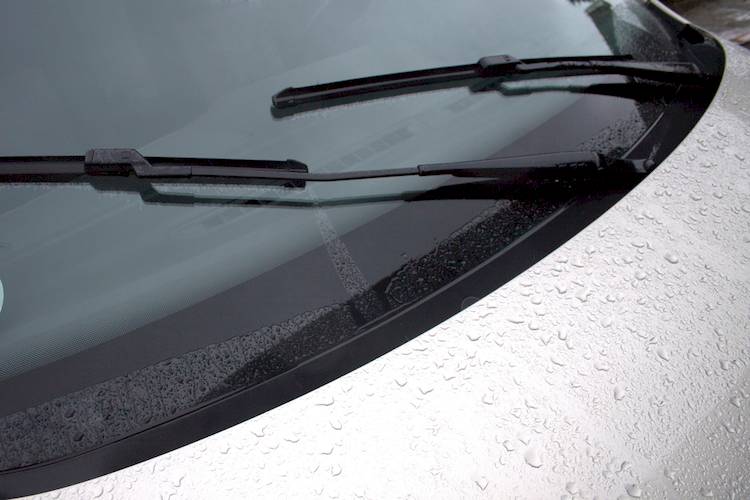

Most car, truck, and SUV owners understand the importance of having good windshield wipers on their vehicles at all times. However, many of them may not know that the windshield wiper blades and arms are moved back and forth by the windshield wiper linkage. The linkage is attached to the wiper motor, which is typically hidden under the hood of the vehicle and protected from the elements. The wiper linkage may fail because it is not always protected from the sun, snow, wind, and rain and may be susceptible to wear and tear or breaking entirely without warning.
The windshield wiper linkage is designed to last the life the vehicle, but like any other mechanical part it can break when you least expect it to occur. One of the most common causes of premature wear and tear is overuse in wet weather climates or in cold areas where the windshield wipers are frozen and may stick to the windshield. This causes the linkage to strip from the wiper arm, requiring them to be replaced.
There are a few warning signs that will indicate that a problem with the windshield wiper linkage is beginning to wear out that if noticed early and fixed, can reduce additional parts breakage including the wiper motor.
1. Wiper blades rotate out of sequence
The great thing about windshield wiper blades is that they work together to clear water, dirt, snow, and debris from the windshield. In fact, they move together in a metronome-like pattern on most cars, trucks, and SUVs. When the blades move out of this sequence, it is typically due to the linkage being worn out or that the windshield wiper arm is loose. Sometimes it's a minor issue like a loose nut that attaches the wiper arm to the linkage and in other cases it means the linkage is stripped.
In either case, if you notice this problem, you should have a certified mechanic inspect and repair it as soon as possible. While a loose nut is not a big deal, if gone unrepaired, it can cause the linkage to strip, leading to replacement of both the linkage and the wiper blade arms.
2. Wiper blades sputter while they operate
Your windshield wiper blades should be smooth as they rotate back and forth. They should also move across the glass evenly and remove an even amount of water or debris from the top to the bottom of the blade. If the linkage is loose or is beginning to fail, you may notice that the wiper blades "sputter" or hesitate during their operation. This could also be a warning sign of worn out wiper blades or a wiper blade arm that is bent.
3. Wiper blades don't move when operated
Another common side effect of a broken wiper blade linkage or the wiper motor is if the wiper blades don't move. The way to tell if it's a motor or linkage issue is if you hear the motor working, but don't see the wiper blades moving – it's the wiper linkage that is broken. This may also be attributed to the wiper arm being stripped from the linkage. In either case, it's important to have this problem fixed as quickly as possible by a certified mechanic. Driving with non-working wiper blades can be a "fix-it-ticket" in many US states, but most importantly, is a huge safety issue.
4. Wiper makes a grinding noise
Finally, if you notice that your wiper blades make a grinding noise as they move across your windshield, it's likely that the linkage is causing this noise as opposed to the windshield wiper blades themselves. This can occur if the blade arm is attached too tight to the wiper blade linkage and is causing the gears in the wiper blade motor to grind. If gone unchecked, it can cause the wiper motor to burn out prematurely.
The successful operation of your vehicle's wiper blades is very important. For this reason, if you notice any of the above warning signs or symptoms, contact a local ASE certified mechanic so they can inspect your wiper blade linkage for damage and make the appropriate repairs if needed. Be proactive about your wiper blade maintenance and the potential of this type of damage will be reduced significantly.



